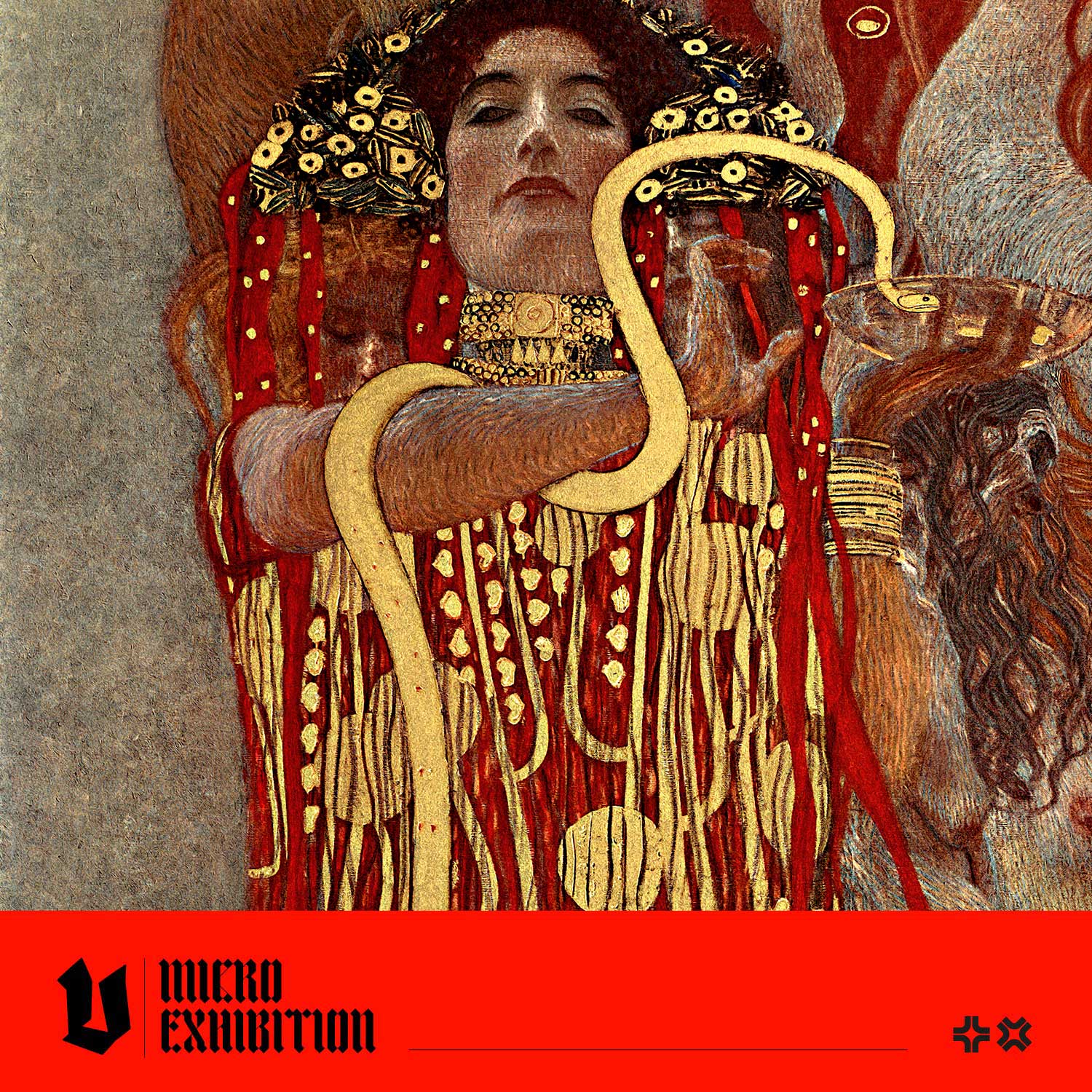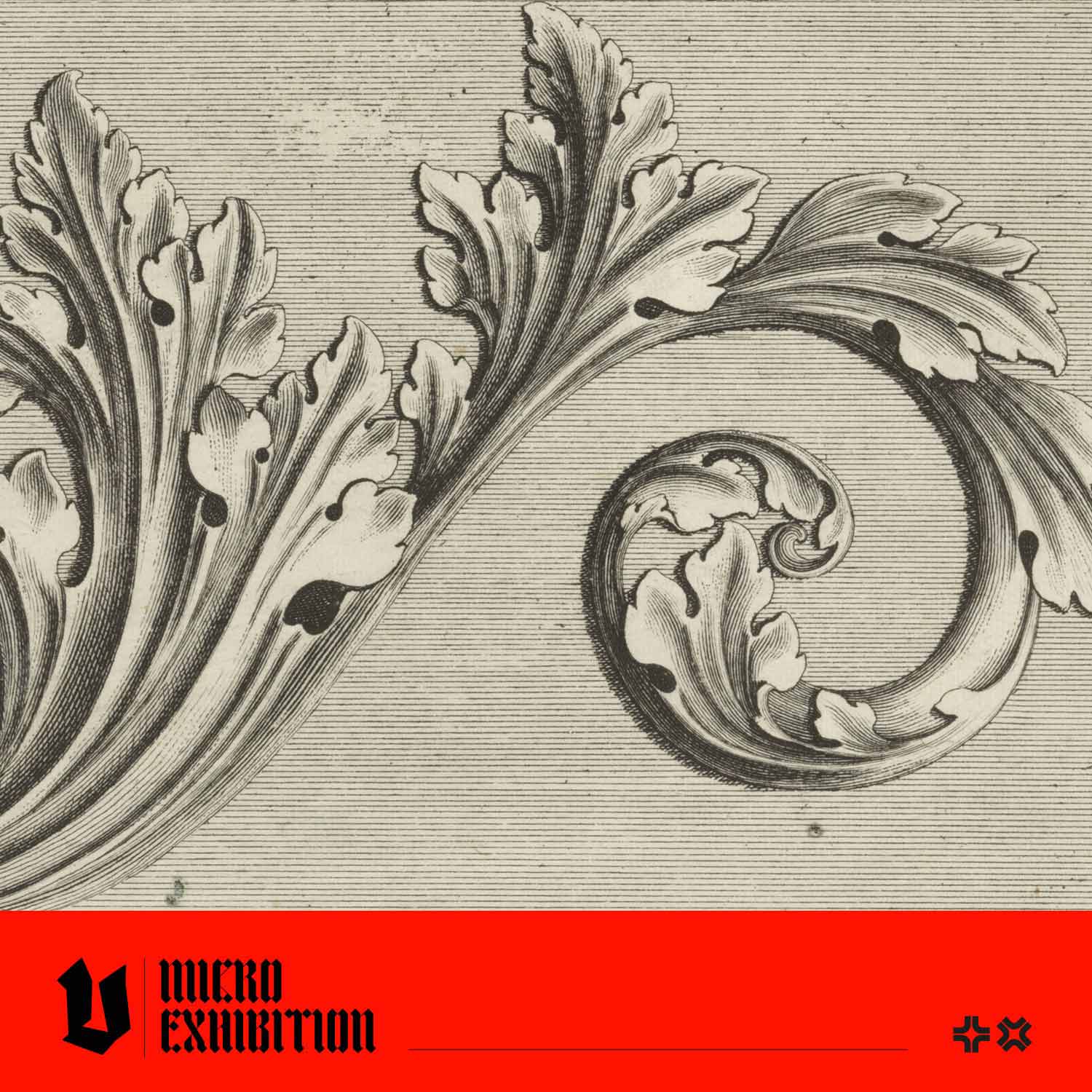From Rebirth and Renewal to Symbols of Terror: The Enduring Role of Snakes in Art
Throughout history, artists have been captivated by the mystique of serpents. Snake symbolism carries many meanings, embodying power, wisdom, transformation, and danger. Whether depicted as divine protectors, agents of healing, or harbingers of destruction, these creatures have played a pivotal role in visual storytelling. This article delves into the symbolic significance of snakes from the perspective of three iconic artists. Let's go!

Collage by Vault Editions Art Department
The Evil Serpent in Michelangelo's The Fall of Man and Expulsion from Paradise
Michelangelo's The Fall of Man and Expulsion from Paradise, painted on the Sistine Chapel ceiling, unites temptation and punishment within a dynamic scene. Traditionally depicted as separate events, Michelangelo merges Adam and Eve's transgression and their subsequent banishment through a massive tree dominating the composition. By combining temptation and expulsion into one scene, Michelangelo heightens the immediacy of divine punishment, making Eve's choice feel inevitable. The serpent, a symbol of Satan, entwines the Tree of Knowledge, which cements the serpent's role as a pivotal figure in the story. Michelangelo humanises the serpent, who embodies deception, temptation, and sin. The serpent's outstretched arm extends from the tree to Eve, reinforcing the inescapability of the Fall and directly connecting the expulsion from paradise with Eve's fateful decision.

Michelangelo - The Fall and Expulsion from Paradise
The Snake Representing Healing in Hygieia
Gustav Klimt's Hygieia portrays the Greek goddess of health and hygiene in a commanding stance. Cloaked in rich golden robes, Hygieia gazes outward with an enigmatic expression while holding a cup with a serpent coiled around it, known as the Bowl of Hygieia. This symbol is associated with pharmacy and medicine. It consists of a shallow cup or bowl with a serpent coiled around its stem, drinking from the bowl. It's a common sight today in pharmaceutical contexts around the world.
In ancient Greece, serpents were linked to rejuvenation and transformation, mainly due to their ability to shed their skin—a metaphor for renewal and longevity. Hygieia, the daughter of Asclepius, the god of medicine, embodied these healing attributes, and the snake coiling around her arm mirrors the Rod of Asclepius, another medical emblem.
By placing the serpent in this position, Klimt reinforces its association with healing and rejuvenation rather than fear or destruction.
Gustav Klimt - Hygieia
Snakes Inspiring Terror in Caravaggio’s Medusa
Caravaggio's Medusa starkly contrasts Klimt's portrayal of serpents as symbols of healing and divinity. Painted on a convex wooden shield, the work captures the severed head of Medusa at the moment of her death. Her mouth is frozen in a silent scream, eyes wide with terror, while her writhing serpent hair adds to the painting's unsettling intensity. Caravaggio's dramatic use of chiaroscuro heightens the horror, making Medusa's face appear eerily lifelike, as though it is emerging from the shield's surface. According to legend, Medusa's gaze turned those who met it to stone. Caravaggio is believed to have incorporated his likeness into Medusa's face, a self-referential detail that renders him symbolically immune to her deadly gaze. This choice echoes the myth of Perseus, who used his shield's reflection to avoid direct eye contact and successfully behead Medusa.
Despite her decapitation, Medusa's head retains an unsettling sense of vitality—her wide eyes, furrowed brow, and gaping mouth suggest disbelief as if she considered herself invincible. Caravaggio's technical mastery is evident in his manipulation of perspective, creating the illusion of depth so that Medusa's head appears to project outward from the shield, reinforcing his extraordinary skill in capturing light, movement, and psychological intensity.

Caravaggio - Medusa
How to Incorporate Snakes into Your Art
The enduring symbolism of snakes in art—from divine wisdom and healing to terror and transformation—demonstrates their incredible versatility as a visual motif.
As an artist, incorporating serpents into your work offers a wealth of possibilities. They can be depicted as symbols of power, knowledge, rebirth, or danger, adapting their meaning to suit your artistic vision. Whether through intricate patterns or their coiled shapes, the sinuous form of a snake drama and movement into an artwork.
Take inspiration from the masters of the past—Michelangelo's storytelling, Klimt's ornamentation, and Caravaggio's dramatic realism—and experiment with how the snake can enrich your own creative expression. The serpent's presence in art is timeless—how will you make it your own?





